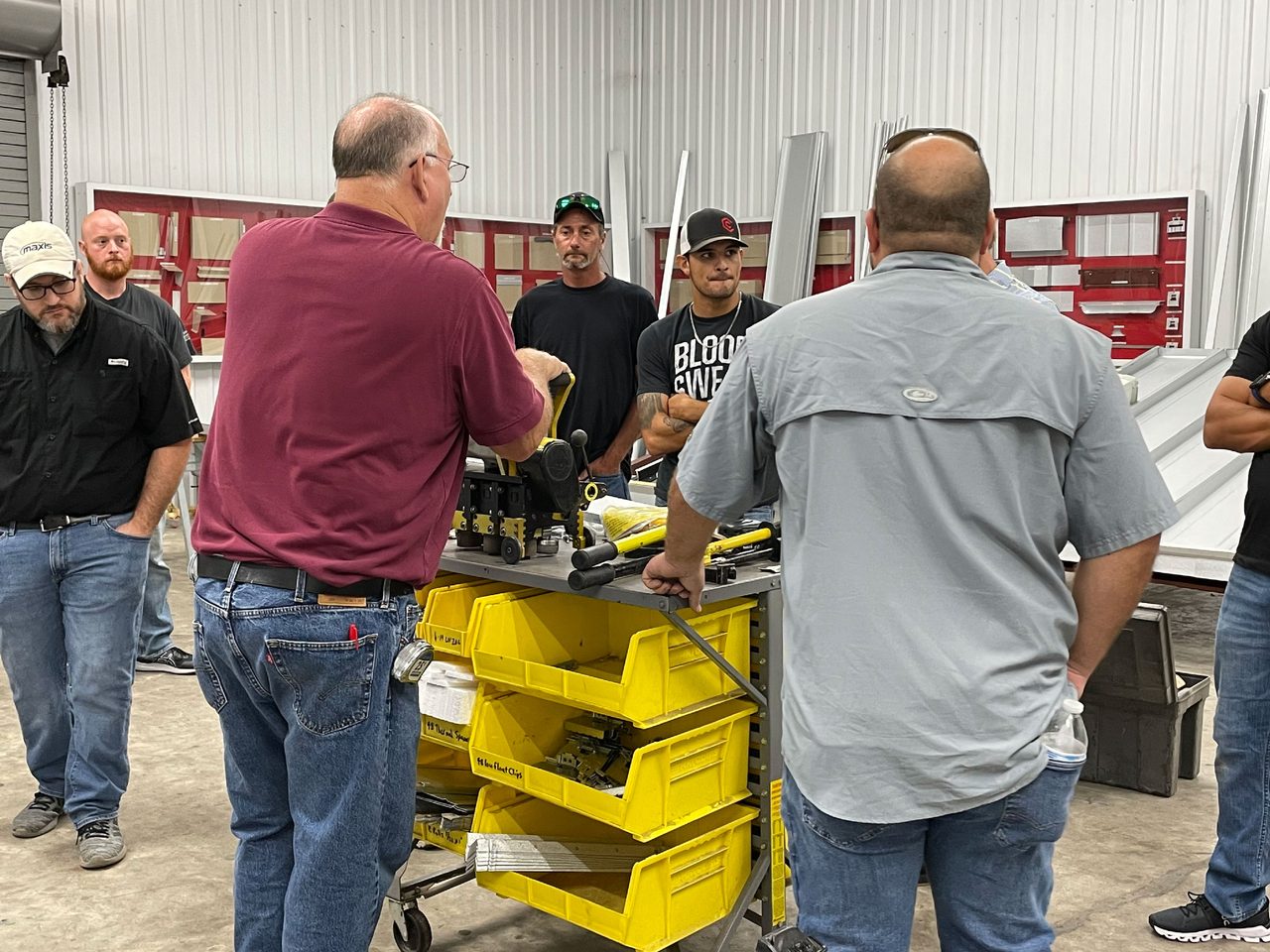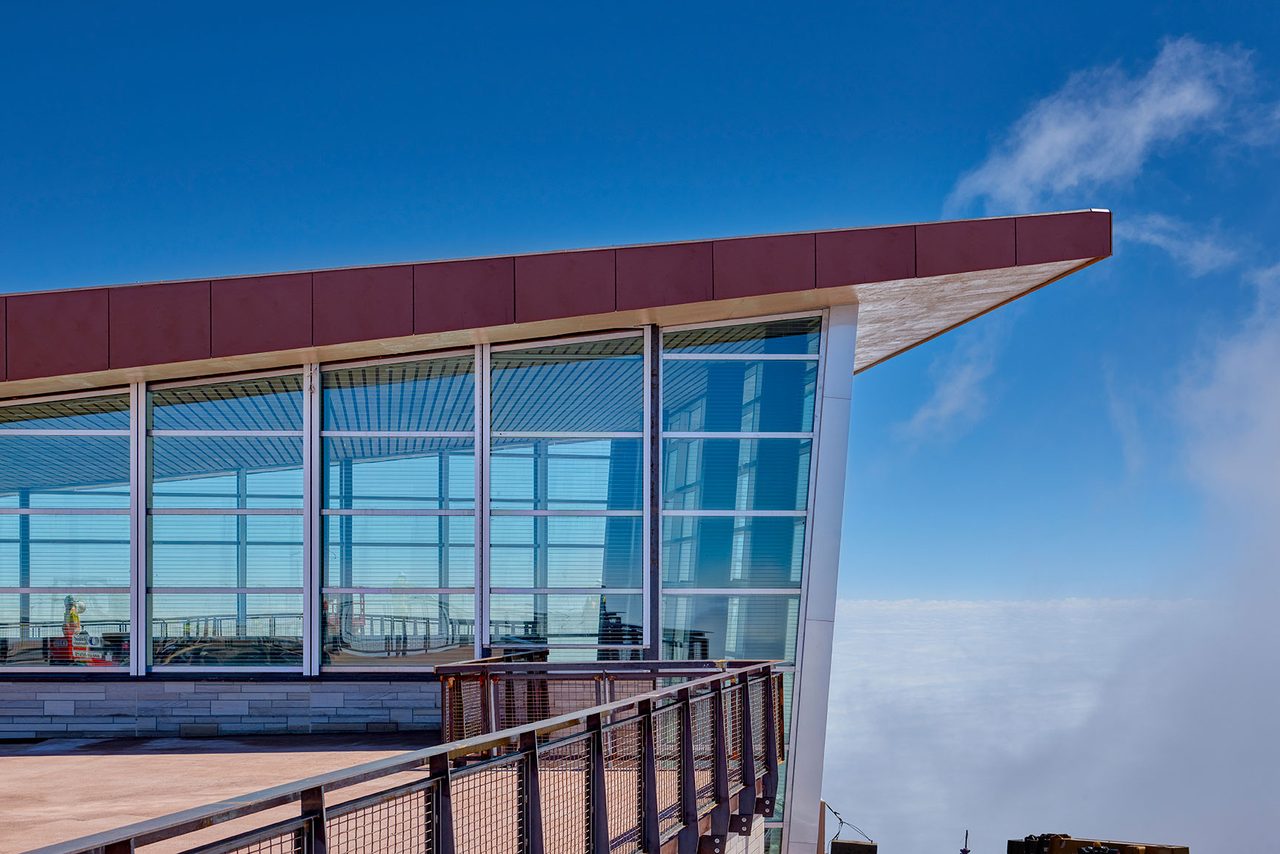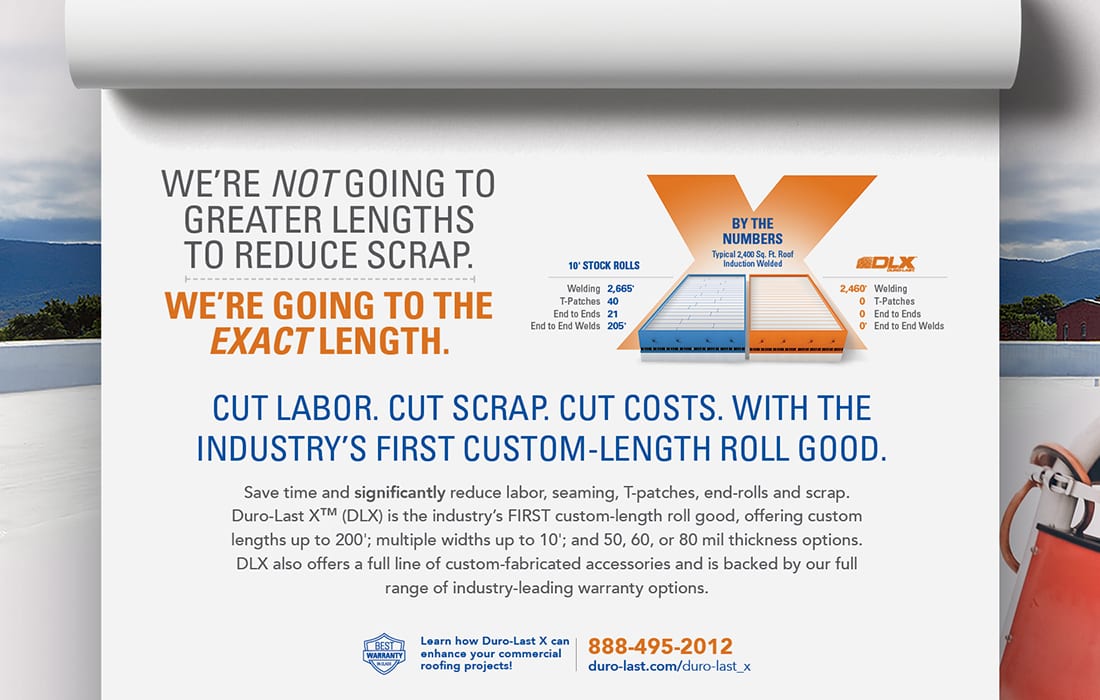
SPECIAL SECTION
No one has entirely escaped the fallout from the pandemic, but metal roofing materials are faring better than most other roofing products.
By Brian Haraf
THE COST OF
ROOFING IN THE COVID-19 ECONOMY
The devastation from the COVID-19 pandemic reaches further than the health and well-being of our people. The effects stressed more than hospitals and healthcare staff. And the burden is carried by more than those who have suffered from the illness. Supply chain distribution and the workforce were both turned upside down. And that has been felt everywhere, from the grocery store to the construction industry.
In the roofing industry, specifically, contractors are dealing with higher prices, longer lead times, and overall fewer options when it comes to getting the materials they need to build roofs. While no one has entirely escaped the fallout from the pandemic, metal roofing materials are faring better than most other roofing products.
The Impact of COVID-19 on Metal Panels
Do you remember the early days of the pandemic when businesses were shuttered, and employees stayed home for weeks or months at a time? Outside of businesses deemed essential, production simply stopped on many products, and that stressed the supply chain.
Even when businesses were able to stay up and running, there was a disruption with logistics or components that continued to throw cogs in the wheel. Navigating production in the face of a global pandemic has been challenging, to say the least, and now roofing contractors, homeowners, and developers are feeling the squeeze. Let’s take a look at what this means.
Increased Prices
There has been a push-pull effect on industry prices. On one side, the pandemic caused a material shortage, and on the other, an active storm season has sharply increased demand. In January 2021, and in each quarter after that, suppliers began circulating price increase letters as they struggled to keep up with the growing demand. As contractors bid jobs and ordered materials, materials costs continued to climb. Suppliers initially softened the blow with a projection that prices might stabilize by the third or fourth quarter, but now that we are approaching the third quarter, it feels like higher prices might be here to stay.
Longer Lead Times
Another repercussion of a supply shortfall is longer lead times. Pre-pandemic, contractors could order and receive all of the supplies they needed within two or three weeks. But since supplies are limited, and demand is increasing, there isn’t quite enough to go around. It’s taking suppliers longer to fill orders, which delays projects and compounds the concern of higher prices since pricing is based on delivery date and not order date.
Delayed Projects
It stands to reason that if suppliers are struggling to fill orders, contractors are also struggling to meet completion deadlines. Compromising on material selections based on availability can help lessen the burden of delays, but at this point, they seem almost entirely unavoidable. While pricing may never return to pre-pandemic levels, project timelines should improve as the supply side catches up.
Product Shortages and Limited Selections
While manufacturers work hard to backfill shortages, the most effort will go to producing the most popular colors and styles. What this means is that product offerings may slim down temporarily, and specialty colors and styles may become completely unavailable. Special orders may be completely out of the question.
The entire roofing industry is feeling the impact of COVID-19 disruptions. But side-by-side, metal roofing is coming out on top with more manageable price increases and shorter lead times. Metal roofs have fewer components, often requiring just the metal panels, fasteners, and underlayment. That means there are fewer opportunities for supply chain delays.
“Things will undoubtedly improve with time, but hope is fading that we will ever see a pre-pandemic normal. Contractors can help ease clients into this reality by providing transparency in pricing, timelines, and supply selections. Many contractors are adding extra layers of protection in the form of pricing and force clauses that spell out liabilities in the event of new or prolonged events that interfere with their roofing projects.”
Why Metal Panels?
Availability aside, metal roofing panels are an ideal choice for many other great reasons. Most importantly, metal panels are significantly stronger and more durable than asphalt. Metal roofing is resistant to both wind and fire, and lasts longer than traditional roofing materials. Asphalt shingles last anywhere from 15 to 30 years, but metal roofing could last up to 50 years or more! Metal roofs also require minimal maintenance and can be cleaned with a basic pressure wash.
Because of the reflective properties of “cool technology” paint systems, metal roofing is also an effective insulator. It reflects more UV rays, which helps to keep buildings and homes cooler, even in the summer months. Over the course of the warmer season, a metal roof can help save significant sums of money on energy bills. In addition, these panels are often made from recycled materials, and are 100% recyclable themselves. Metal roofing, then, is not just beneficial to the home or business owner; it is also beneficial to the environment.
Planning for the Future
There is no way around it; the COVID-19 pandemic has left its mark on the roofing industry. While metal roofing has been impacted to a lesser extent, higher prices and longer lead times are still causing big headaches for contractors and home or building owners. So, where do we go from here?
Things will undoubtedly improve with time, but hope is fading that we will ever see a pre-pandemic normal. Contractors can help ease clients into this reality by providing transparency in pricing, timelines, and supply selections. Many contractors are adding extra layers of protection in the form of pricing and force clauses that spell out liabilities in the event of new or prolonged events that interfere with their roofing projects.
As a roofing contractor, it’s your job to educate clients on the challenges in the industry and show them how your company is rising to the occasion in a responsible manner. While delays and price increases aren’t good news to anyone, clients will respond positively to open lines of communication and honesty upfront. The silver lining in all of this is that as we smooth out the bumps in the supply chain, metal roofing will continue to grow as a viable and even preferred material option.
Brian Haraf is the vice president of sales and marketing at Metal Sales Manufacturing Corporation. With 21 facilities nationwide, Metal Sales manufactures metal roof and wall panels for the agricultural, commercial, architectural and residential markets since 1963.
SCROLL
DOWN





